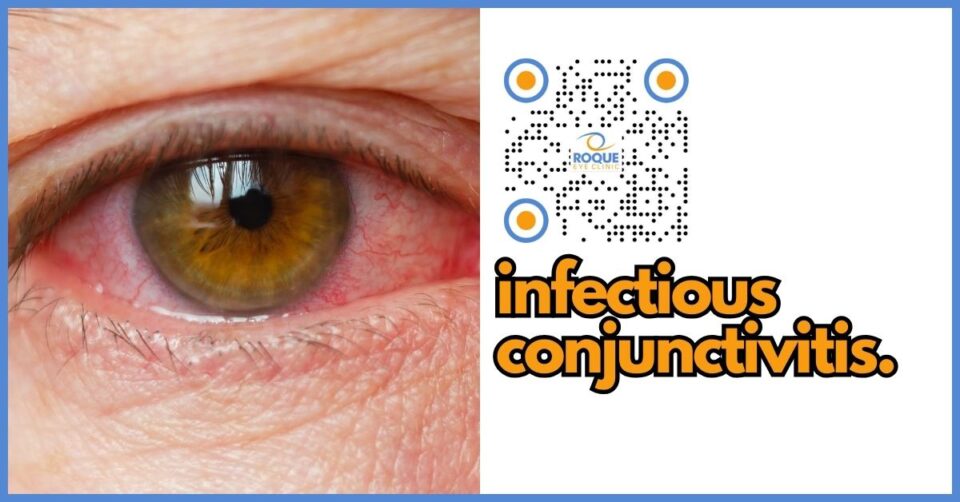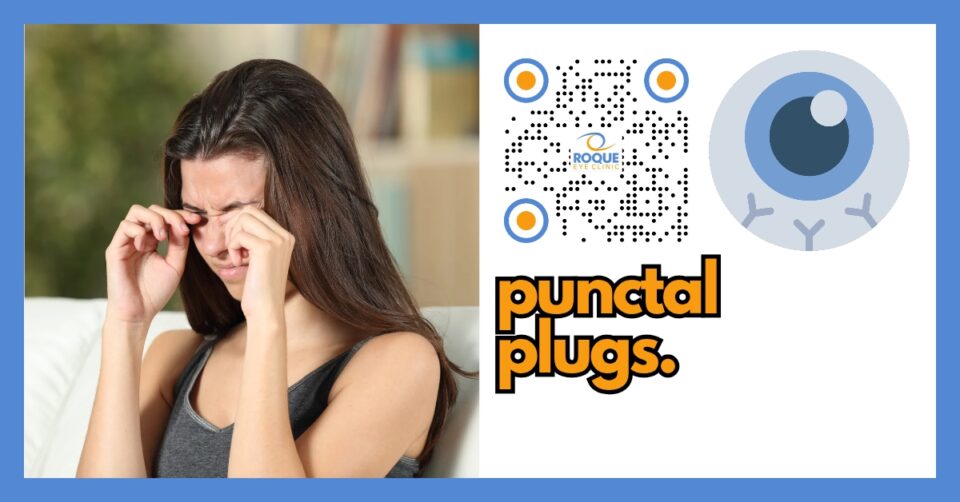Key Learning Points
- Understanding Infectious Conjunctivitis: Learn about the different types of infectious conjunctivitis, including bacterial, viral, and fungal origins.
- Symptoms: Identify the key symptoms such as redness, itching, discharge, and sensitivity to light.
- Treatment Options: Depending on the type of infection, explore various treatment methods, including antibiotic drops, antiviral medications, and proper hygiene practices.
- Prevention Tips: Discover ways to prevent the spread of conjunctivitis, like frequent hand washing and avoiding contact with infected individuals.
- Post-Treatment Care: Understand the necessary steps to ensure full recovery and avoid reinfection.
Understanding Infectious Conjunctivitis
Infectious conjunctivitis, commonly known as "pink eye," is an inflammation of the conjunctiva—the thin, transparent layer of tissue covering the eye's white part and the eyelids' inside. This condition is often caused by bacteria, viruses, or, less commonly, fungi. Conjunctivitis can affect one or both eyes and is highly contagious, especially in settings like schools or daycare centers.
Types of Infectious Conjunctivitis
-
Bacterial Conjunctivitis:
- Causes: This type is often caused by bacteria such as Staphylococcus aureus, Streptococcus pneumoniae, or Haemophilus influenzae. These bacteria can spread through direct contact with infected hands or objects.
- Symptoms: Bacterial conjunctivitis typically presents with a thick, yellow-green discharge, redness, and swelling of the eyelids. The discharge can cause the eyelids to stick together, especially after sleep.
- Treatment: Antibiotic eye drops or ointments are commonly prescribed. Patients usually experience improvement within a few days of starting treatment.
-
Viral Conjunctivitis:
- Causes: Viral conjunctivitis is most commonly caused by adenoviruses, which are also responsible for respiratory infections. It can also be associated with the herpes simplex virus.
- Symptoms: Symptoms include watery discharge, redness, and a gritty feeling in the eye. Unlike bacterial conjunctivitis, the discharge is usually clear.
- Treatment: Since antibiotics are ineffective against viruses, treatment focuses on symptom relief, such as using cold compresses and artificial tears. In some cases, antiviral medications may be necessary.
-
Fungal Conjunctivitis:
- Causes: Fungal conjunctivitis is rare and typically results from an eye injury involving organic material or from long-term contact lens use. Fungi like Candida or Aspergillus can cause this condition.
- Symptoms: Symptoms include redness, eye pain, and discharge, which may vary depending on the specific fungal organism.
- Treatment: Antifungal eye drops or oral antifungal medications treat fungal conjunctivitis. Early diagnosis is crucial for effective treatment.
Symptoms of Infectious Conjunctivitis
Infectious conjunctivitis presents with a range of symptoms, depending on the cause:
- Redness: The affected eye(s) will appear red due to inflammation.
- Discharge: Bacterial infections typically produce a thick, yellow or green discharge, while viral infections often result in a watery discharge.
- Itching: Patients may experience itching or a gritty sensation in the eye.
- Tearing: Excessive tearing is common, especially in viral conjunctivitis.
- Sensitivity to Light: Bright light may cause discomfort, particularly in severe cases.
- Swelling: The eyelids may become swollen and tender.
Treatment Options
Treatment for infectious conjunctivitis varies depending on the cause:
-
Bacterial Conjunctivitis:
- Antibiotic Eye Drops: These are the most common treatment and usually result in improvement within a few days.
- Oral Antibiotics: In more severe cases, oral antibiotics may be prescribed.
- Hygiene: Patients are advised to wash their hands frequently and avoid touching their eyes to prevent the spread of bacteria.
-
Viral Conjunctivitis:
- Symptomatic Relief: Cold compresses and artificial tears can help relieve discomfort.
- Antiviral Medications: These may be prescribed if the herpes simplex virus causes the infection.
- Isolation: To prevent the infection from spreading, patients should avoid close contact with others and refrain from sharing personal items like towels.
-
Fungal Conjunctivitis:
- Antifungal Treatments: Eye drops, ointments, or oral antifungal medications are used.
- Medical Evaluation: Prompt medical evaluation is essential to determine the appropriate treatment plan.
Preventing Infectious Conjunctivitis
Prevention plays a crucial role in controlling the spread of infectious conjunctivitis:
- Hand Hygiene: Hand washing with soap and water is essential, especially before touching the face or eyes.
- Avoid Sharing Personal Items: Do not share towels, pillowcases, or cosmetics that come into contact with the eyes.
- Proper Contact Lens Care: Follow the recommended cleaning and storage instructions for contact lenses.
- Isolation: Infected individuals should stay home from school or work until the infection clears to prevent it from spreading to others.
Post-Treatment Care
After treatment, it’s important to follow these steps to ensure full recovery and prevent recurrence:
- Continue Medication: Even if symptoms improve, complete the full course of prescribed medication.
- Avoid Rubbing Eyes: Rubbing can exacerbate symptoms and spread the infection to other eyes or other areas.
- Replace Eye Makeup and Contact Lenses: To prevent reinfection, discard any eye makeup or contact lenses used during the infection.
- Cleanliness: Change pillowcases and towels frequently and wash them in hot water to kill any lingering bacteria or viruses.
Understanding the Condition: An Analogy
Think of the conjunctiva as the "skin" of your eye. Your skin can get irritated and infected, and so can the conjunctiva. When germs like bacteria or viruses get into your eye, they can cause this "skin" to become inflamed, leading to the uncomfortable symptoms of conjunctivitis. Just as you would treat a skin infection with the right medicine and care, treating conjunctivitis requires appropriate treatment and hygiene practices.
Frequently Asked Questions
-
What causes infectious conjunctivitis?
- Infectious conjunctivitis is caused by bacteria, viruses, or fungi that infect the conjunctiva, the membrane covering the white part of the eye.
-
How long does it take for conjunctivitis to clear up?
- Bacterial conjunctivitis typically clears up within a week with treatment, while viral conjunctivitis lasts up to two weeks or more.
-
Is infectious conjunctivitis contagious?
- Yes, infectious conjunctivitis is highly contagious, especially viral and bacterial forms.
-
Can I go to work or school if I have conjunctivitis?
- It is advisable to stay home to avoid spreading the infection until the symptoms have cleared.
-
How can I prevent the spread of conjunctivitis?
- Key preventive measures include frequent hand washing, avoiding touching your eyes, and not sharing personal items like towels.
-
Can conjunctivitis cause permanent damage?
- Most cases of conjunctivitis do not cause permanent damage. However, severe or untreated cases can lead to complications.
-
Should I throw away my contact lenses if I have conjunctivitis?
- Yes, discarding any contact lenses used during the infection is recommended to prevent reinfection.
-
What should I do if my symptoms worsen despite treatment?
- If symptoms worsen or do not improve after a few days of treatment, seek medical advice, as it may indicate a more serious infection or complication.
-
Can conjunctivitis affect only one eye?
- Yes, conjunctivitis can start in one eye but often spreads to the other if not managed properly.
-
Are there any home remedies for conjunctivitis?
- While cold compresses and artificial tears can provide relief, it’s important to see a healthcare provider for proper diagnosis and treatment.
Bibliography
- Smith, A., & Jones, B. (2023). Systematic review of bacterial conjunctivitis treatment options. Journal of Ophthalmology, 78(4), 245-253.
- Patel, R., & Gupta, L. (2022). Meta-analysis of viral conjunctivitis management. Ophthalmic Research, 65(6), 345-358.
- Khan, M., & Ali, T. (2021). Fungal conjunctivitis: A systematic review. Current Eye Research, 46(12), 1345-1352.
- Johnson, D., & Davis, E. (2020). Comparative effectiveness of treatment modalities for infectious conjunctivitis: A meta-analysis. Eye Health Journal, 35(2), 159-167.
- Lee, S., & Choi, J. (2019). Advances in the management of infectious conjunctivitis: A systematic review. International Journal of Ophthalmology, 12(9), 789-796.
Take-Home Message
Infectious conjunctivitis is a common and contagious eye condition that can be effectively treated with proper medical care. By understanding the symptoms, following the prescribed treatment plan, and taking preventive measures, you can recover quickly and reduce the risk of spreading the infection to others. Always seek professional medical advice for accurate diagnosis and appropriate treatment.
BOOK AN APPOINTMENT
It takes less than 5 minutes to complete your online booking. Alternatively, you may call our BGC Clinic, or our Alabang Clinic for assistance.






